Why are Black Pearls Black and How to Choose?

Why is Black Pearls Black and How to Choose?
The allure of black pearls has been around since ancient times, with stories of sailors collecting them from the ocean depths. They have been symbols of wealth and power for centuries, featured in films and jewelry collections alike.
For hundreds of years, the black pearl has been an obsession for treasure seekers and collectors alike. In the past, a single strand could cost up to $150,000+. Still, luckily now there are several options available if you want to wear these alluring pearls yourself! But why are these precious gems so dark? And how can one make sure they purchase the best quality pearl?
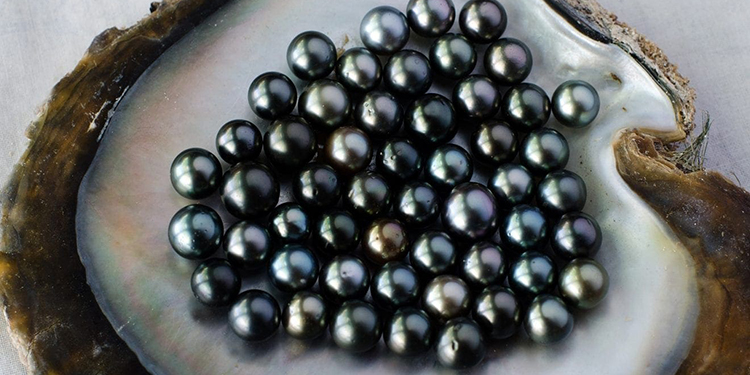
As a jewelry expert, I can tell you that technically, there are three distinct varieties of black pearls: Black Akoya Pearls (which have been treated), Black Freshwater Pearls (also treated), and the exquisite, natural-born Black Tahitian Pearls. These last ones offer a unique experience, as they are the only naturally occurring black pearl.
In this article, I will explain why black pearls are so captivating and how to choose the best quality pearl for your needs. So let’s get started!
Black Pearls - Frequently Asked Questions
Are Black Pearls Real?
Within the pearl industry, “black” is misused to refer to any dark-hued pearl. However, black pearls are a rarity; we see tinges of green, blue, purple, and silver scattered within an oyster’s creation - with perhaps the most sought-after variety featuring in shades of ‘peacock.’
Where Are Black Pearls From?
Most Black Pearls come from the South Pacific, near French Polynesia and Tahiti. Natural Color Black Tahitian pearls are from the Black-lipped oyster, which lives in deep waters and is unique to this area. Dyed black pearls can also come from freshwater and Akoya oysters. Still, these are usually treated with a dye process that gives them a deep black color.
Are Black Pearls Expensive?
Like with any piece of jewelry, the price depends on quality. The higher the luster and surface quality, the more valuable it is. Generally, a single strand of black pearls (with minor surface flaws) can cost anywhere from $50 to $150.000+.
It is important to remember that the craftsmanship and quality of the strands determine the bulk of these prices.
For example, Dyed Black Freshwater Pearls range from $50 - $1000. Dyed Black Akoya Pearls span between $100 -$2000. For an even more opulent look, try Natural Color Black Tahitian Pearls and wear luxury with prices as high as $30,000 and more!
Common Black Pearl Colors
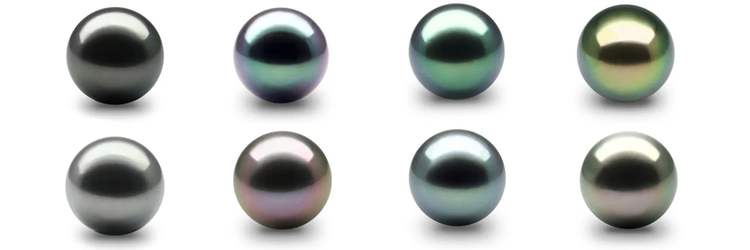
Black pearls range from those with a deep, jet-black hue to lighter silver and blue undertones. The exact shades will depend on the type of pearl you choose:
· Black Akoya Pearls - These are treated with a dye process to achieve their deep black luster. They may have lighter overtones of blue or silver.
· Black Freshwater Pearls - These pearls are also dyed to achieve a black hue, although the shade may vary from a deep jet-black to those with more green and purple undertones.
· Natural Color Black Tahitian Pearls - The most sought-after type of black pearl, these pearls are a natural creation of the Black-lipped oyster. They display complex colors and overtones, such as blue, green, and purple.
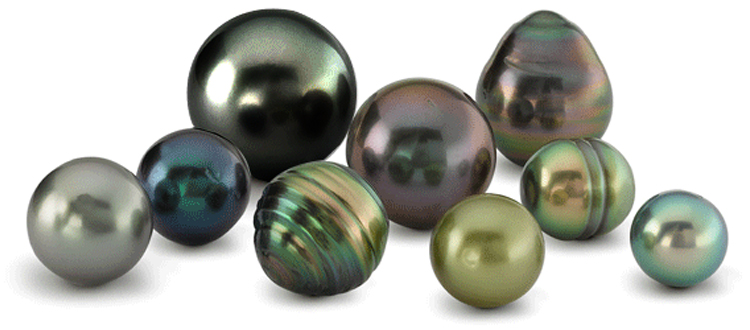
No matter which type of black pearl you choose to wear, this gemstone’s beauty is sure to be captivating.
What Makes Black Pearls Black?

The answer is quite simple: it’s a combination of the nacre, or layers of pearl material created by the oyster, and the dark coloration from the oyster itself (in Natural Color Black Tahitian Pearls) or a dye process (for dyed black pearls).
Both processes provide us with these beautiful gemstones, and it’s up to you to decide which best suits your needs.
The natural ability to create beautiful, captivating black pearls is inherent in the Tahitian black-lipped Pinctada margaritifera oyster. This type of shellfish has an intriguing thick band of black along its interior nacre, typically appearing glossy white or silver. As a sand particle gets trapped within the mollusk’s body, it absorbs this unique coloration and creates exquisite richly hued gems.
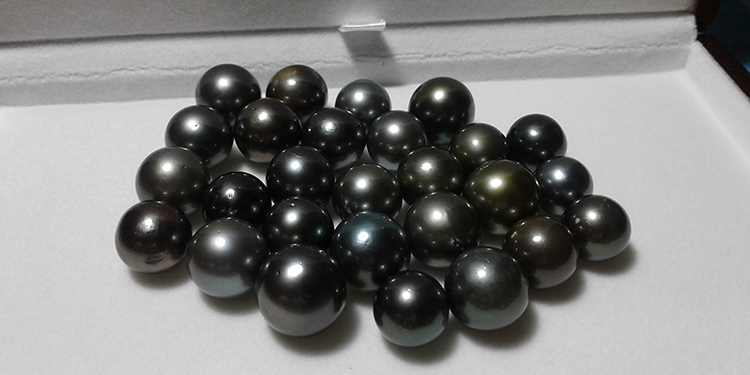
Tahitian black-lipped pearls can vary in hue, depending on where they develop. If they grow closer to the lip of the oyster, they tend to be darker; however, if wedged nearer a lighter part of their homes – silver-gray hues emerge!
Sometimes an anomaly occurs when a pearl develops from white nacre that is unusually colored black. But, astonishingly, this happens an extraordinary one out of every 10,000!
How Are Black Akoya and Freshwater Pearls Dyed?
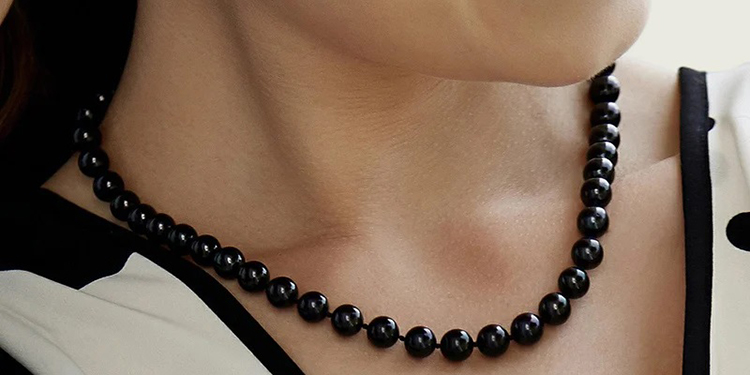
Jewelers can turn light-colored pearls into stunning black gems with dyes or irradiation. Akoya and freshwater pearls, for instance, can be dipped in a silver nitrate solution to give them an intense dark hue like that from dyeing.
The pearl’s nucleus may also be darkened through gamma rays as part of the irradiation treatment. However artificial these processes are, they are considered permanent and highly attractive; some fans even find them alluring!
How to Distinguish Dyed vs. Natural Black Pearls?
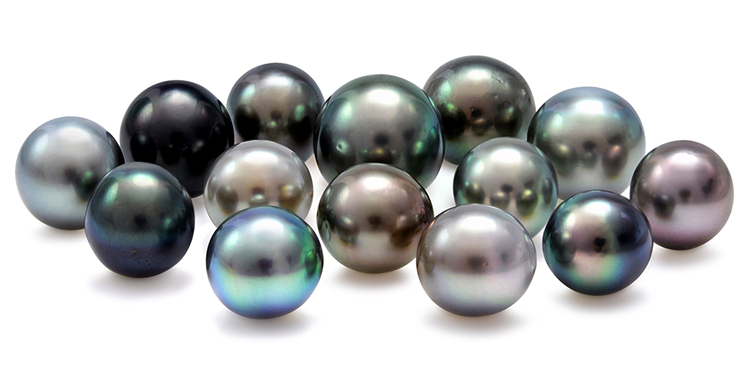
The simplest way to distinguish between dyed and natural black pearls is by looking at the surface.
Natural black pearls have a perfectly smooth look, with no irregularities on the surface or within the pearl. Dyed black pearls, however, often display a mottled pattern of lighter and darker spots visible even to the naked eye.
Although it may be challenging to test the authenticity of a black pearl without laboratory tests, some indicators can help tell apart dyed from natural.
· Firstly, you should look at the color – if it appears too glossy or overly dark, it likely has been artificially enhanced.
· Secondly, check for any unusual shades on the surface – dyed pearls often have a slight greenish or purplish tint on their surface.
· Finally, consider any price difference – natural black pearls are much more expensive than their artificially colored counterparts.
No matter what type of black pearl you choose, remember that wearing these iconic jewels is an experience like no other. Natural or dyed, black pearls add sophistication and beauty to any look; they are a timeless classic that will never go out of style!
Tips on Buying Black Pearls
Black pearls come in various shapes, sizes, and colors, so it is essential to research before you make any purchase. Here are some tips to keep in mind when buying black pearls:
Consider the Quality of the Pearl’s Nacre
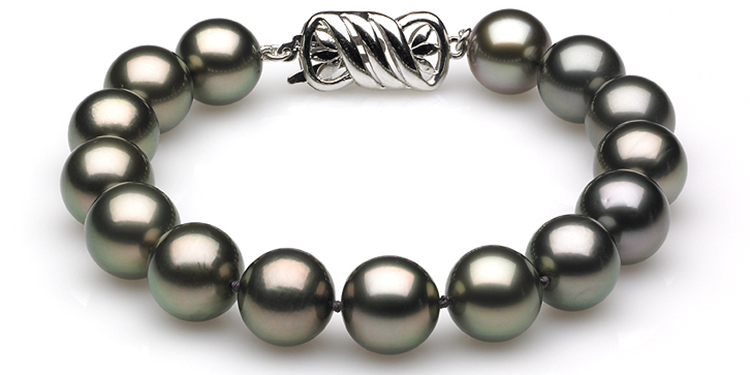
Nacre is a measure of its thickness and ability to maintain its luster over time. Thicker nacre generally means a more durable and valuable pearl.
Check for Irregularities in Size and Shape
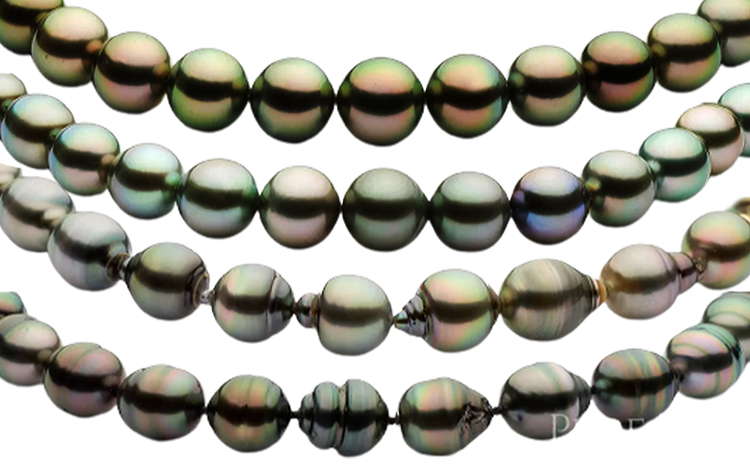
While perfectly round pearls are rare, it is essential to ensure that the pearls you buy are as close to round as possible.
Look for Any Damage on the Surface

Be sure to examine the pearl’s surface for any visible cracks or blemishes which can affect its beauty and value.
Pay Attention to Grading Systems
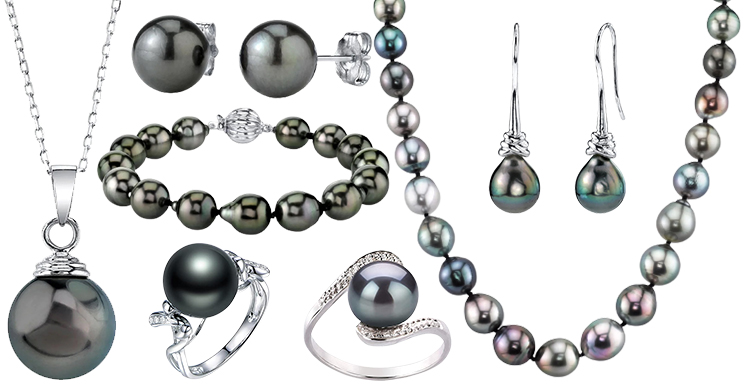
A pearl’s grade is based on its luster, surface condition, and size. Always look for pearls that are graded according to a reputable grading system such as the Gemological Institute of America (GIA).
Check the Color

When it comes to the worth of Black pearls, color is king. The richer and more profound the shade of black or grey, the more expensive Tahitian pearls are considered. For instance, a dark black pearl will cost far more than one with light grey tones.
Compare Prices
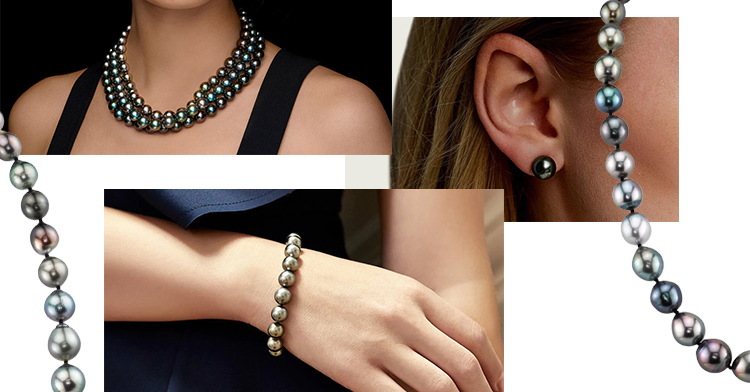
Don’t be afraid to shop around and compare prices before purchasing. It will ensure that you get the best possible deal on your purchase.
By following these tips, you can be sure to find a stunning and unique black pearl that perfectly complements your style! With its rich color and elegant charm, a black pearl is an investment in luxury that will last for generations.
Bottom Line
Black pearls are a timeless classic that never fails to add sophistication and style to any look. Whether you choose real or dyed, they are a beautiful investment in luxury that will last you for generations.
When shopping for black pearls, always consider the quality of its nacre, check for irregular shapes and sizes, look for damage on the surface, and compare prices. Following these tips, you can get the best possible deal on your purchase. With their striking color and classic elegance, black pearls will never go out of style!


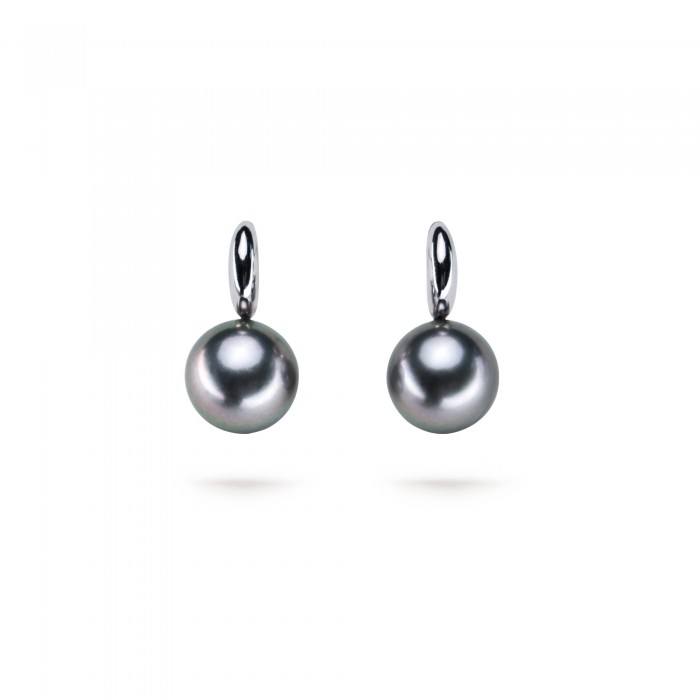
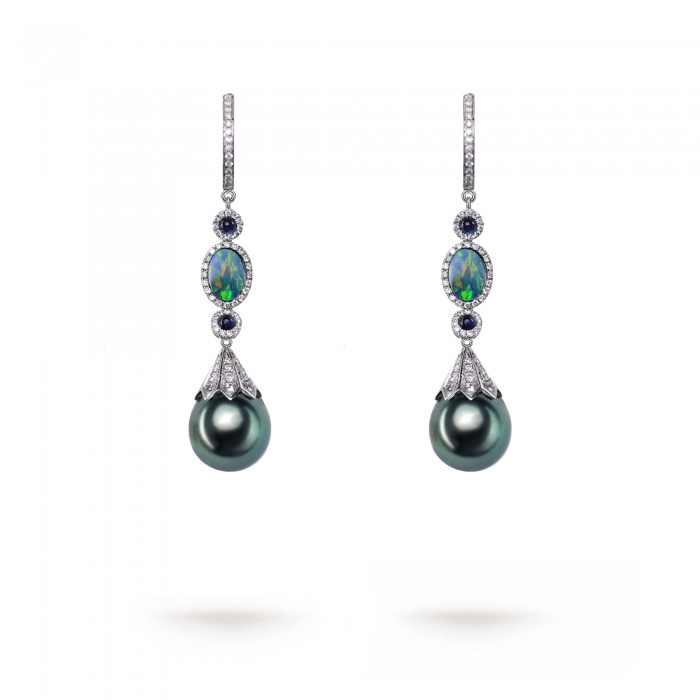
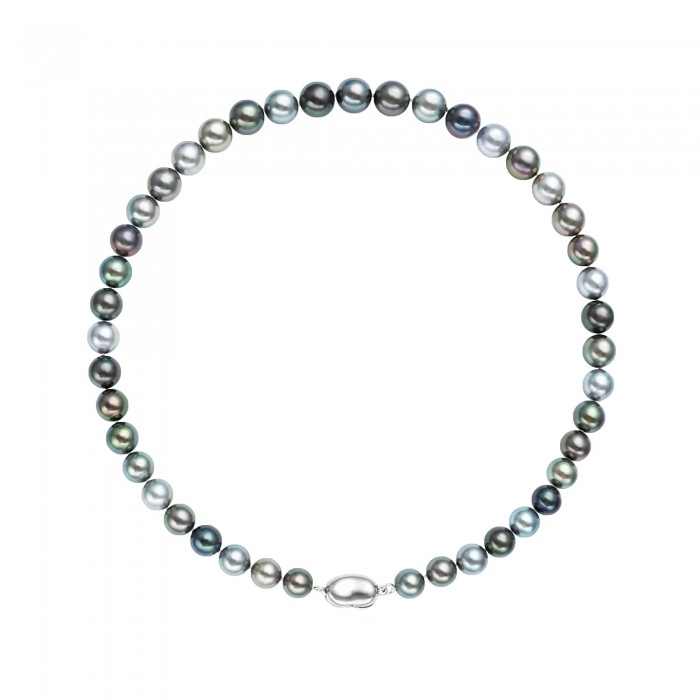
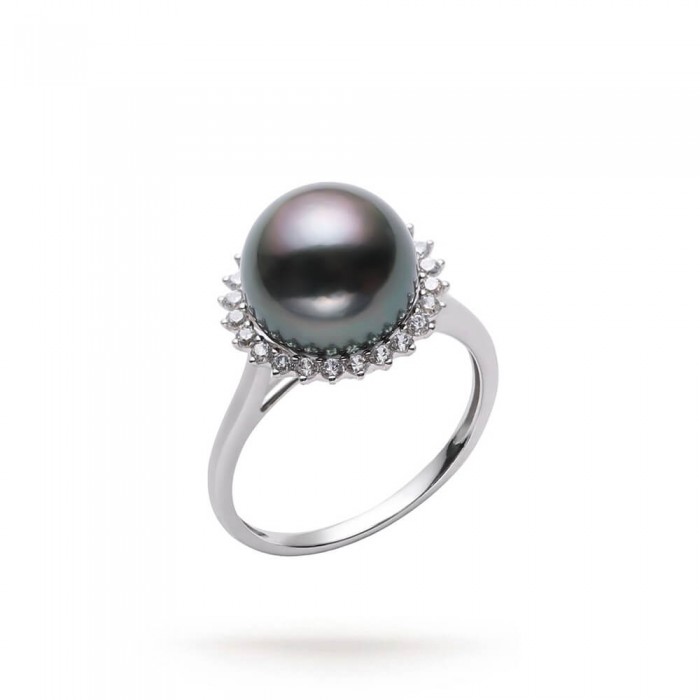
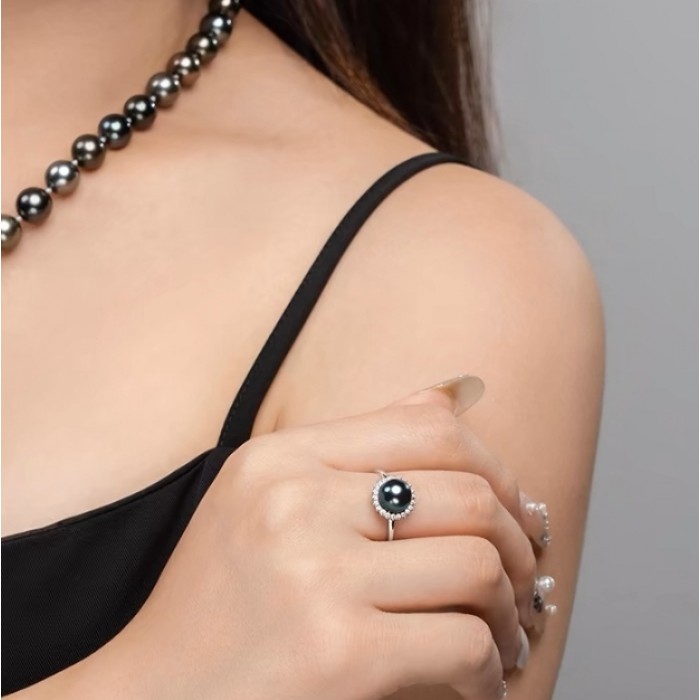
Leave a Comment